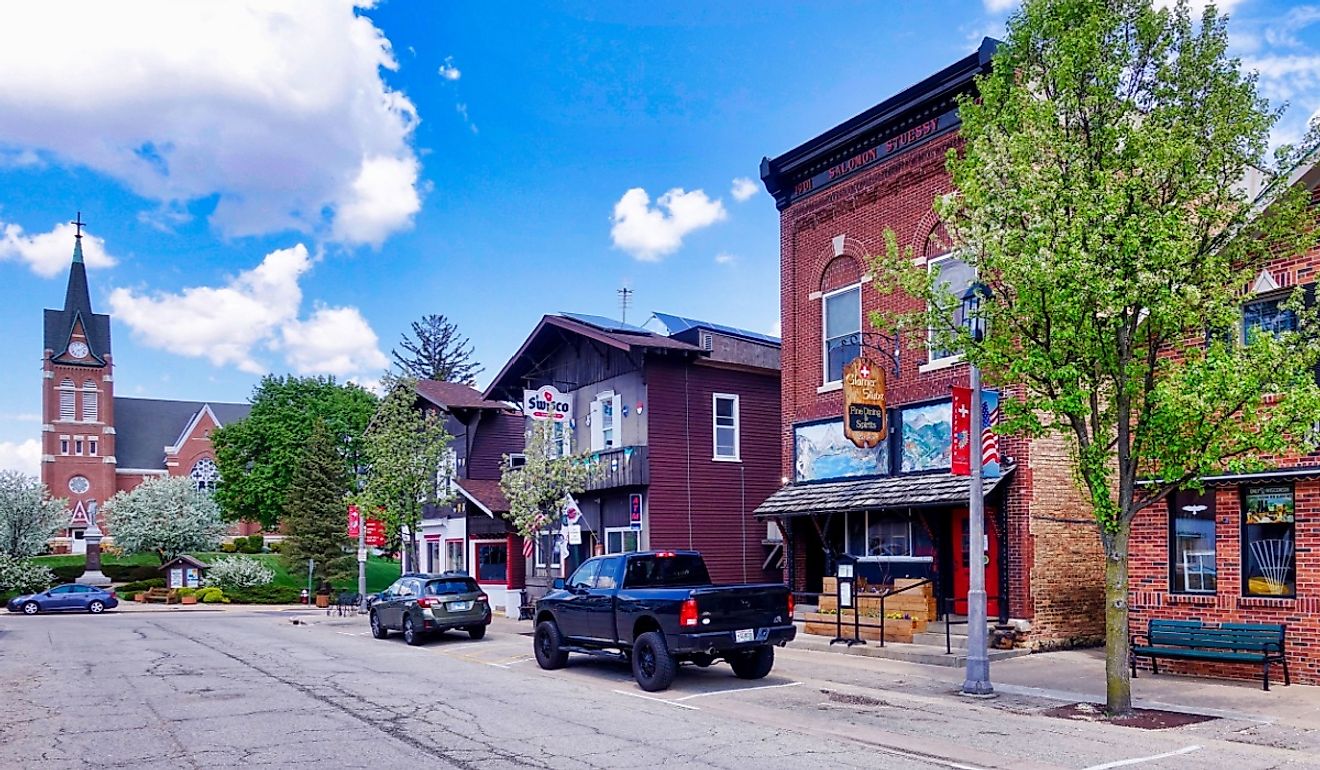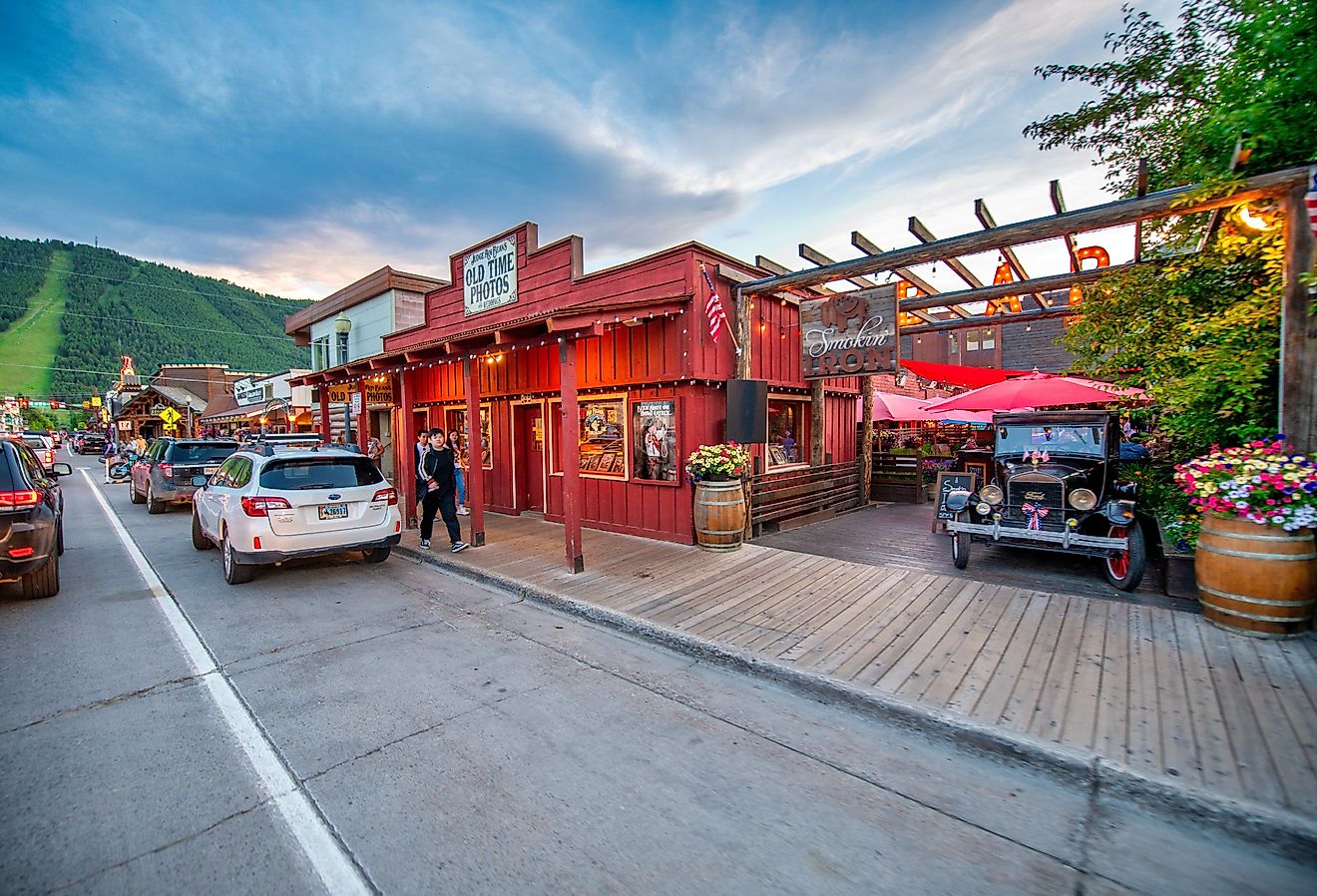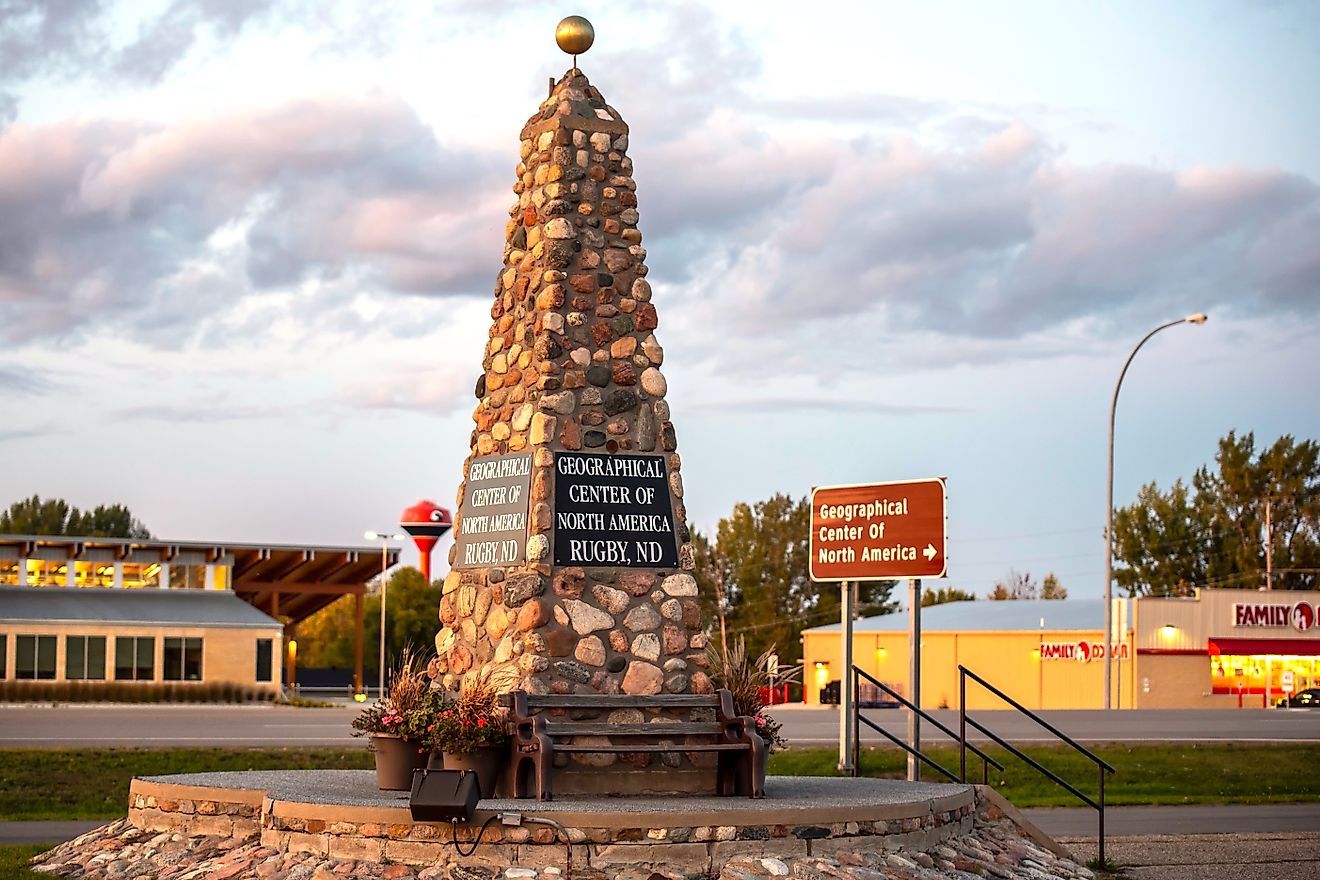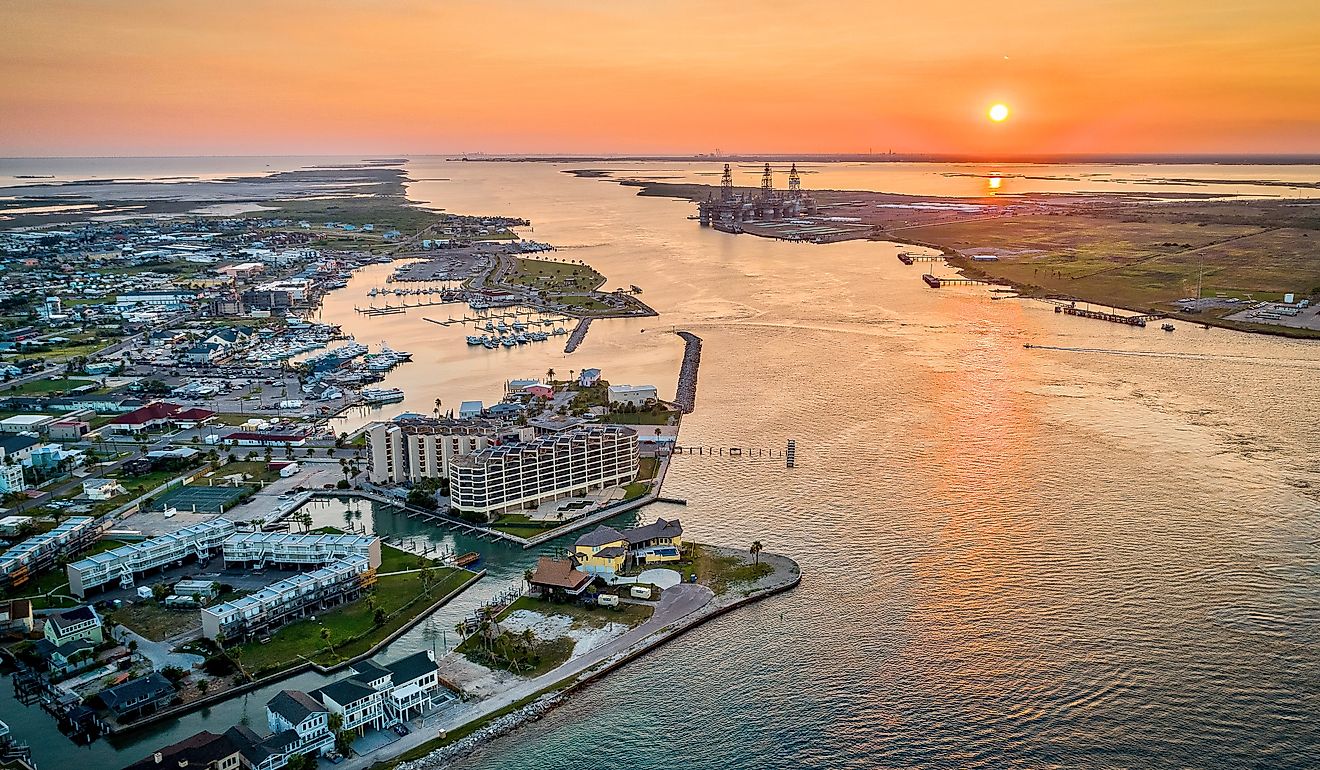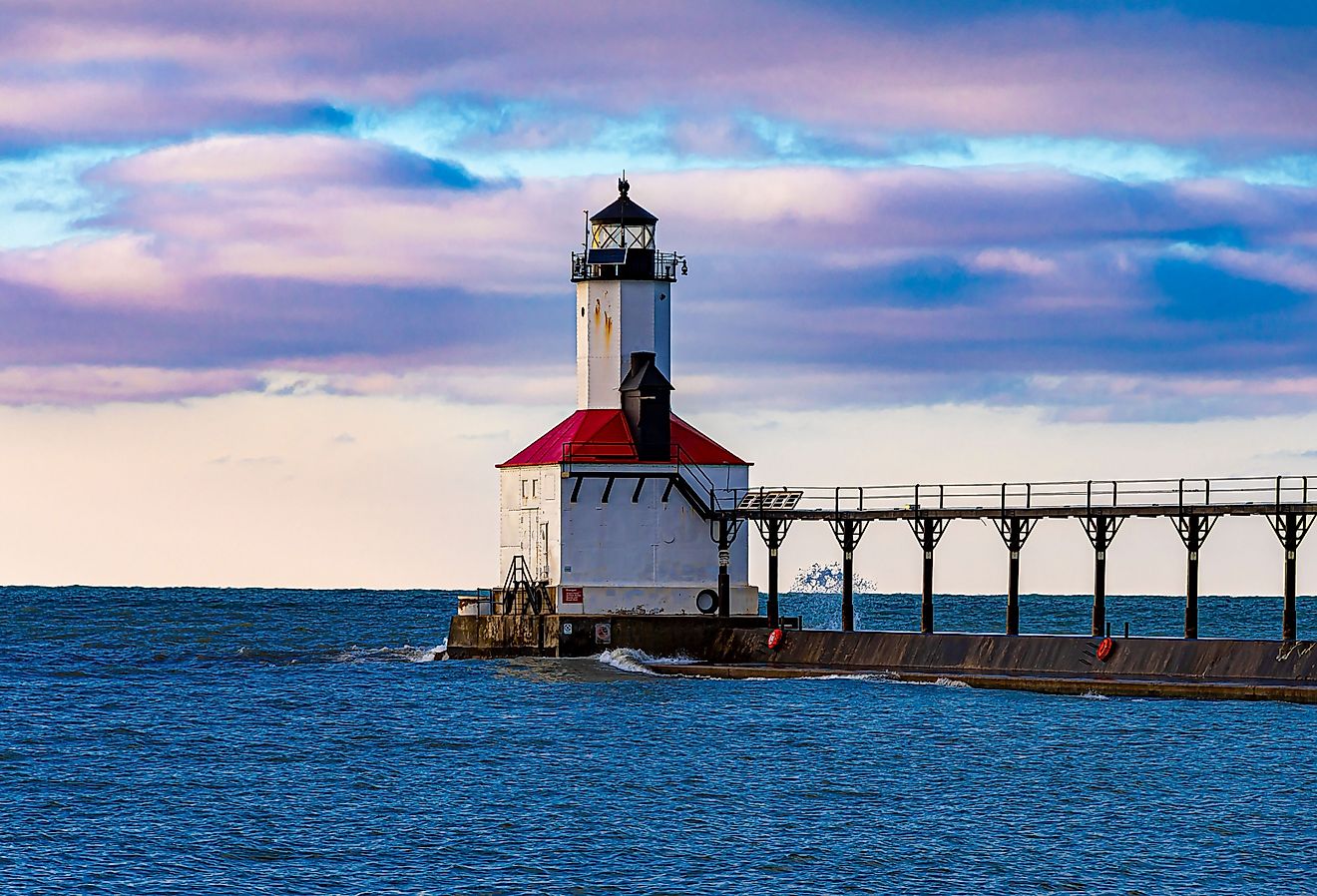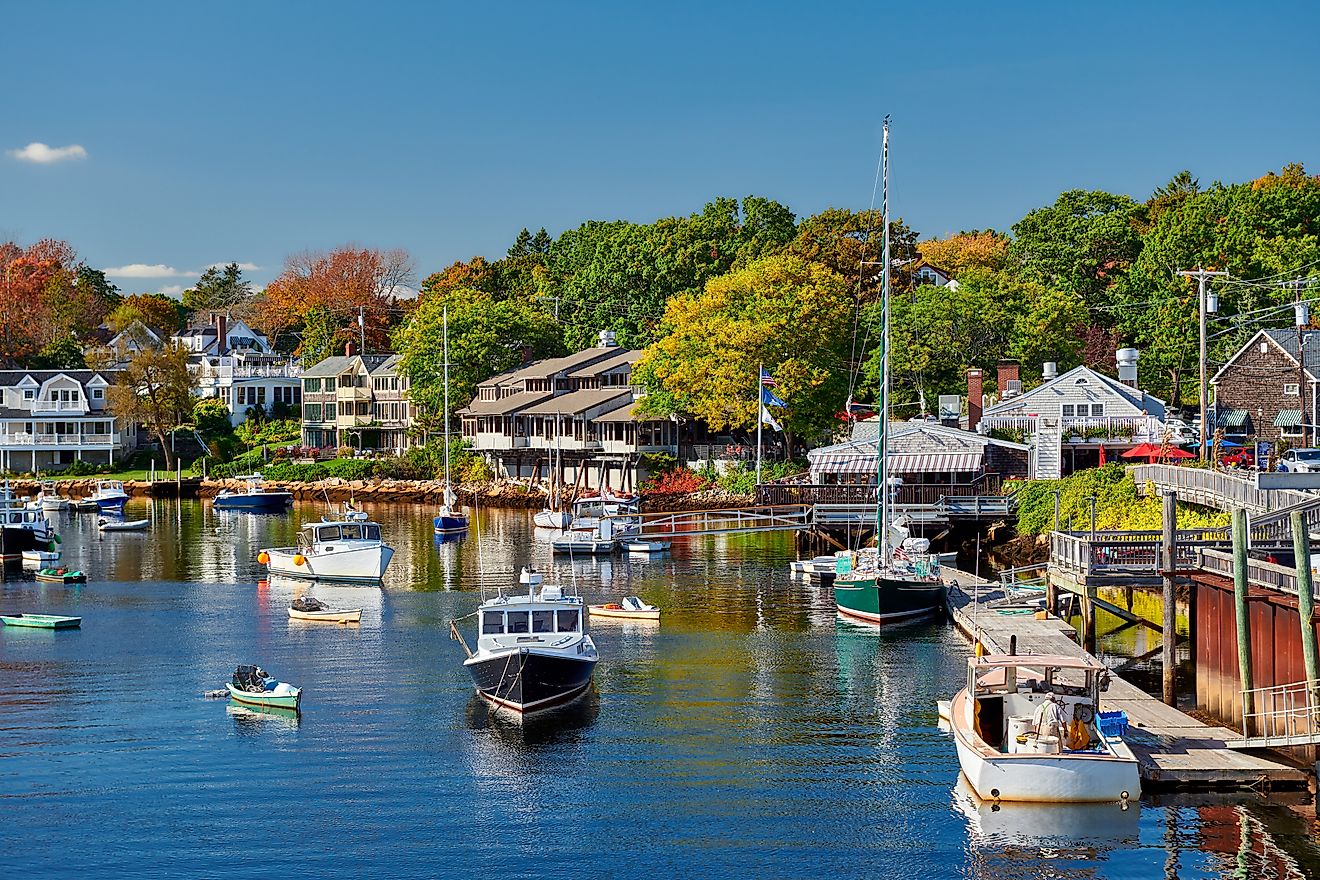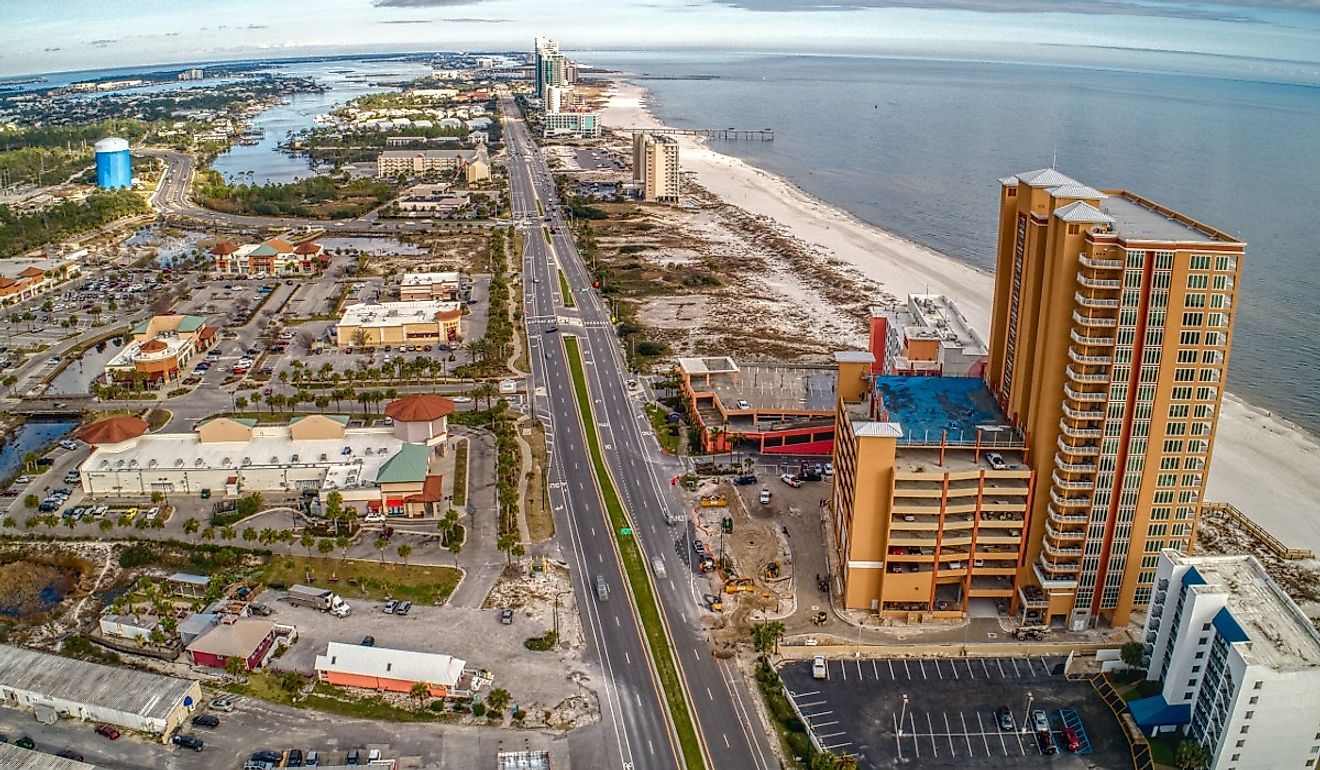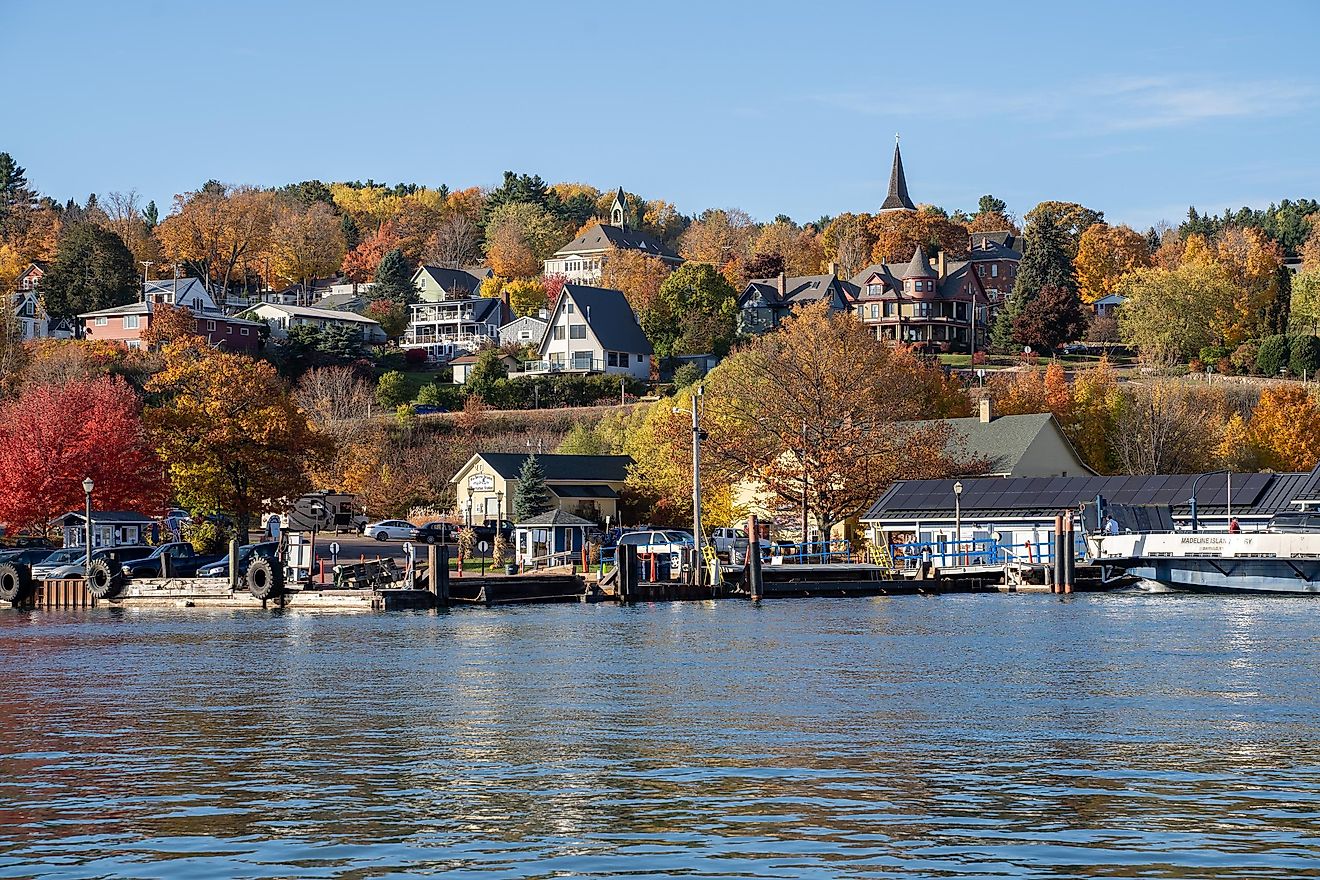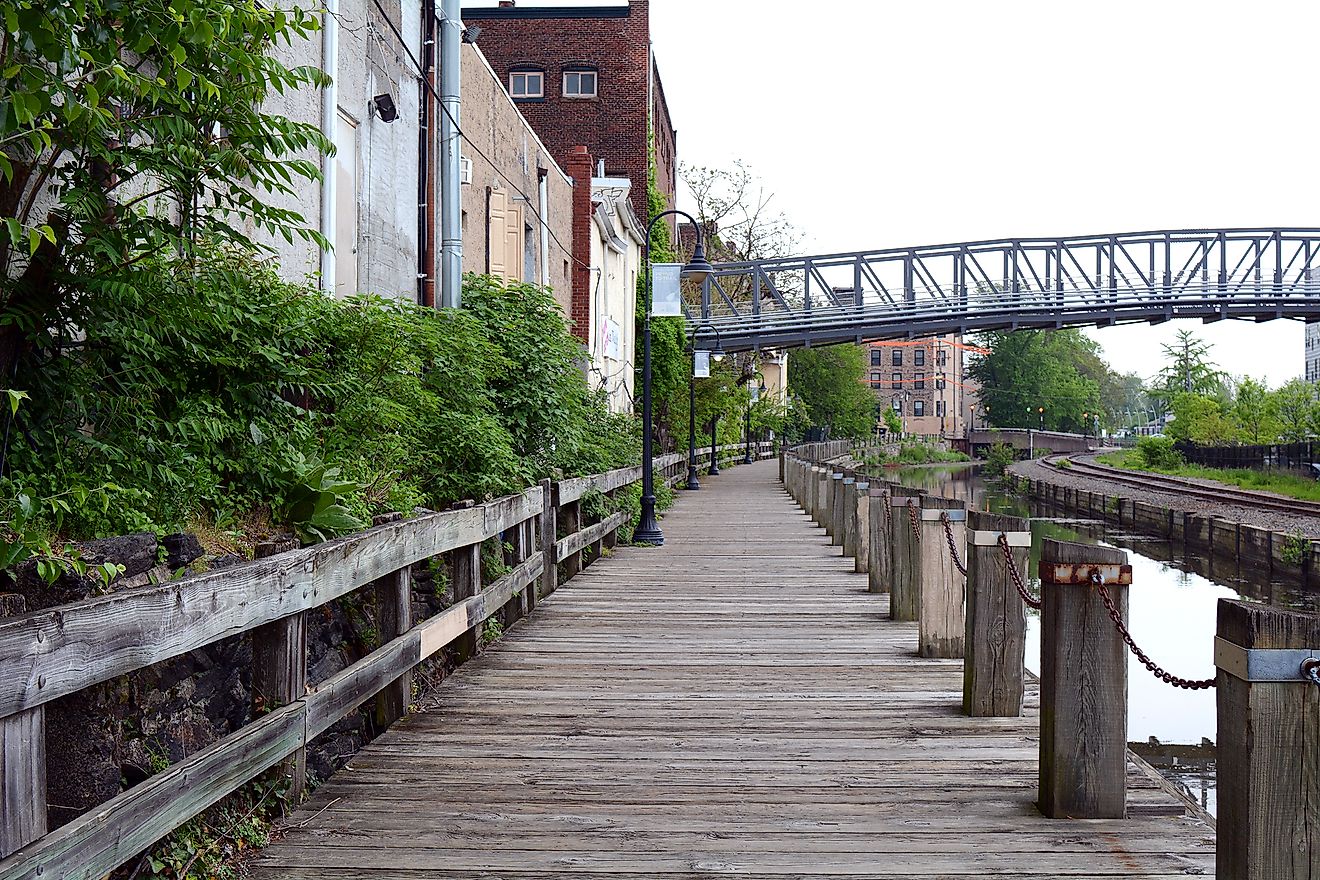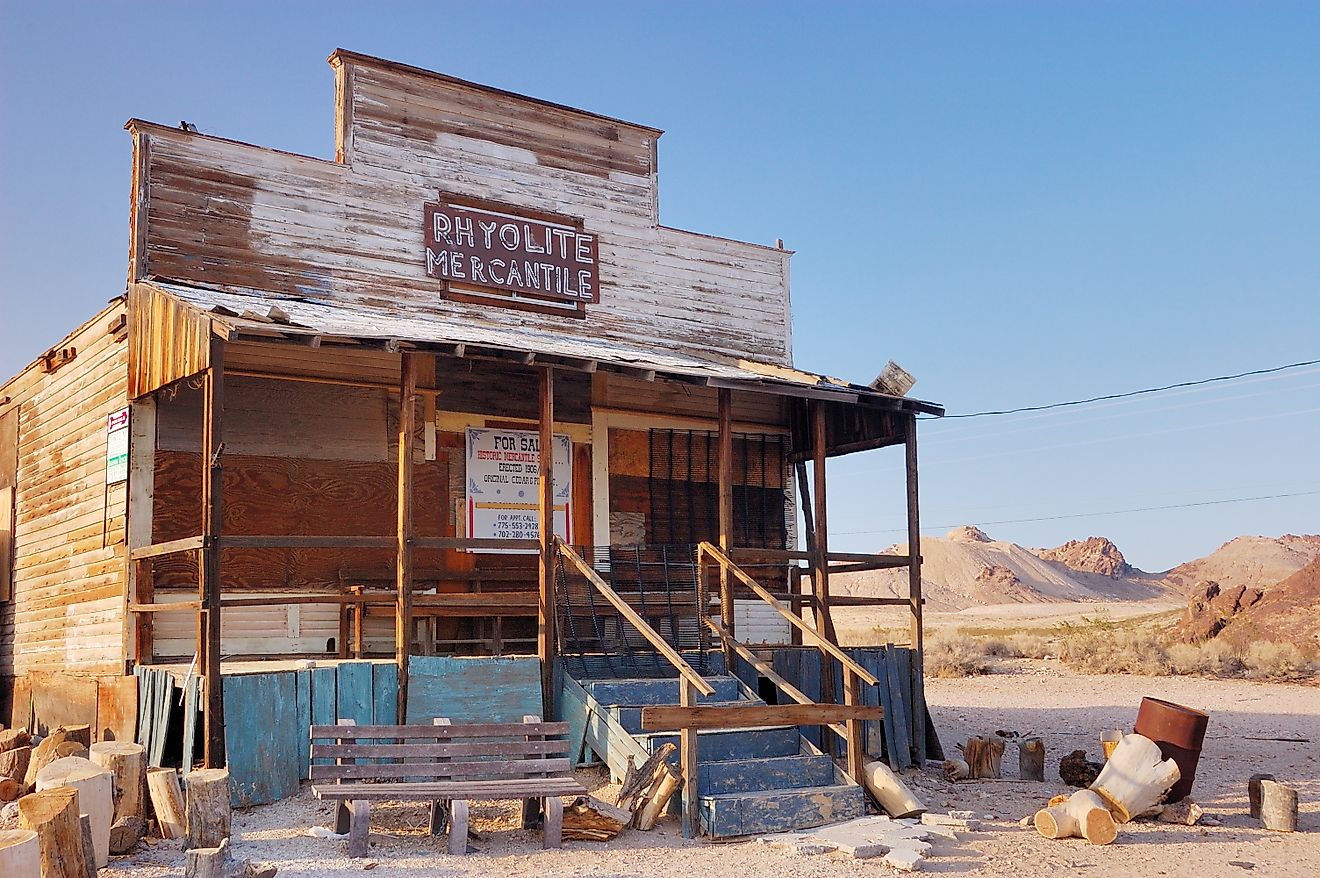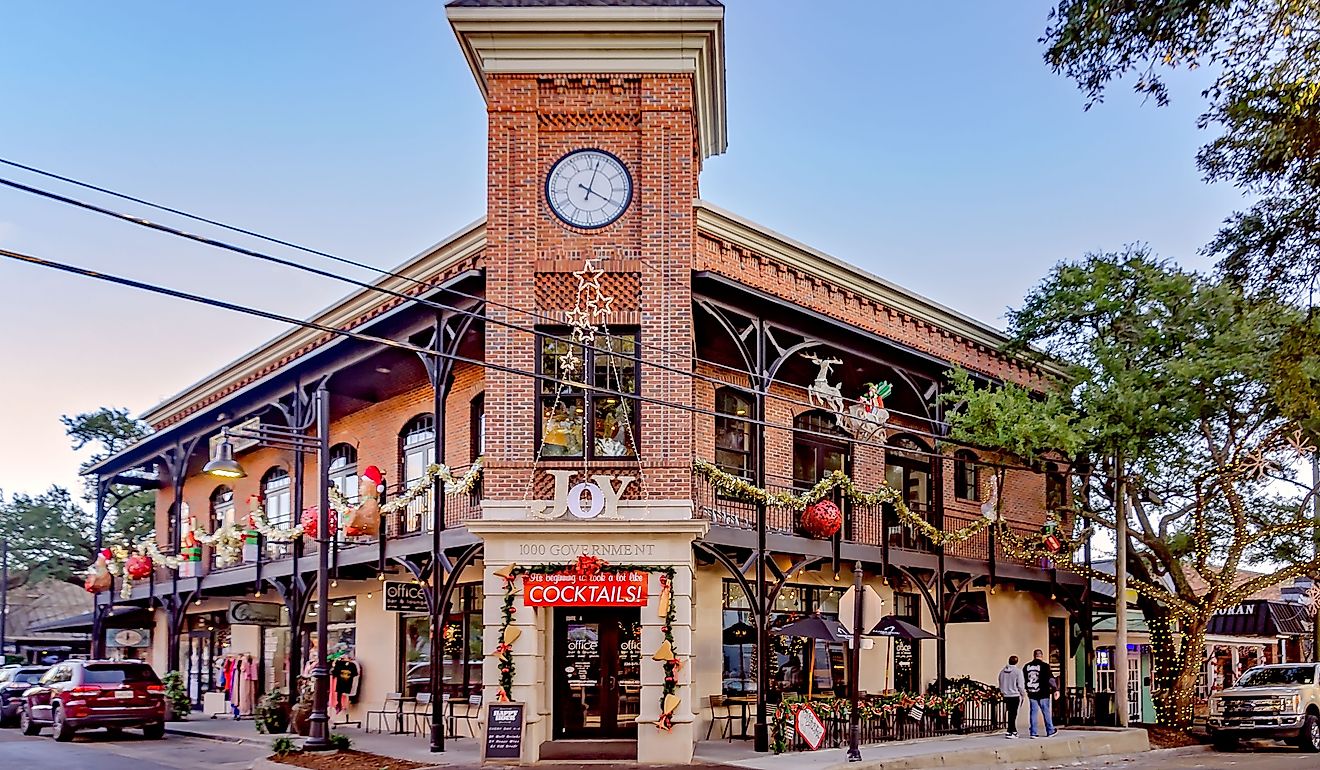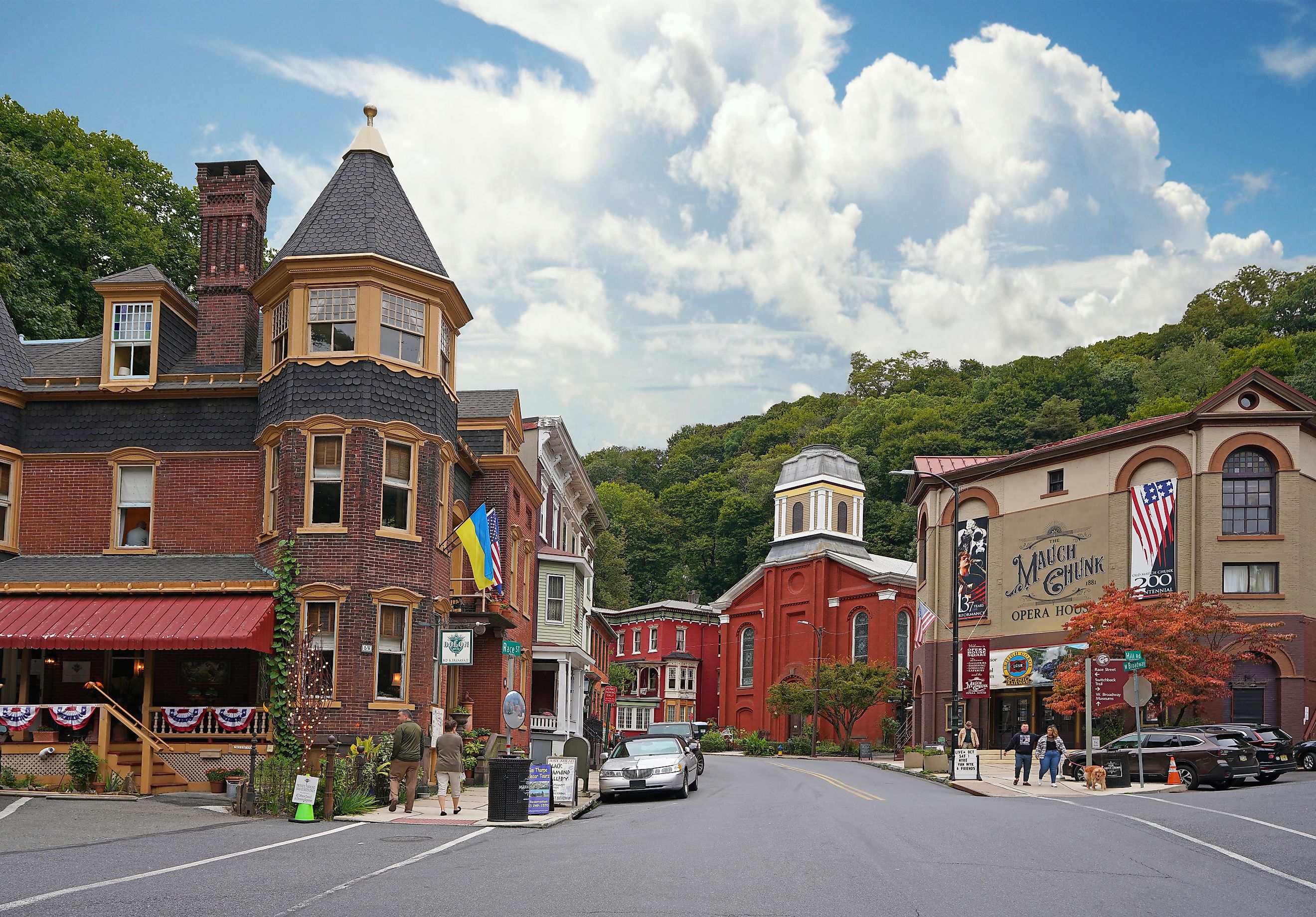
8 Must-See Historic Towns In The Poconos
When you stand in the lower areas of Pennsylvania and gaze at the towering tops of the Pocono Mountains—or simply the Poconos—you may presume that you will find mainly slopes and valleys of wilderness promising recreational delights. And you would be right. However, the Poconos shelter remnants and relics of Pennsylvania's great past and the must-see historic towns in the Poconos continue to preserve the legacy of the early pioneers and ancestors of the ranges.
From the borough of Stroudsburg at the Poconos' heart to industry-making towns like Honesdale, visitors will be astounded by the heights of history found in the high altitudes of Pennsylvania. After all your trekking in the mountains, come explore these must-see historic towns in the Poconos.
Jim Thorpe

Once called Mauch Chunk, the European-inspired village lounging in Lehigh Gorge changed its name to honor American gold medalist Jim Thorpe. Admittedly, Jim Thorpe has little to no history with Jim Thorpe. As a matter of fact, the town is historically known for the Old Jail Museum, a haunting edifice that showcases the area's dark heritage. Notwithstanding this morbid side of the past, Jim Thorpe also contains the Delaware & Lehigh National Heritage Corridor, or the D&L Trail, which leads visitors to the awesome majesties of Lehigh Gorge State Park. Elsewhere, the Mauch Chunk Opera House, built in 1881, continues to be one of America's oldest vaudeville theaters, with frequent performances and venues for travelers and residents to enjoy. Best of all, excellent lodgings like Angel of Jim Thorpe Bed & Breakfast, Times House, and The Dolon House provide a great ambiance for you to feel safe and sound in Jim Thorpe.
Stroudsburg
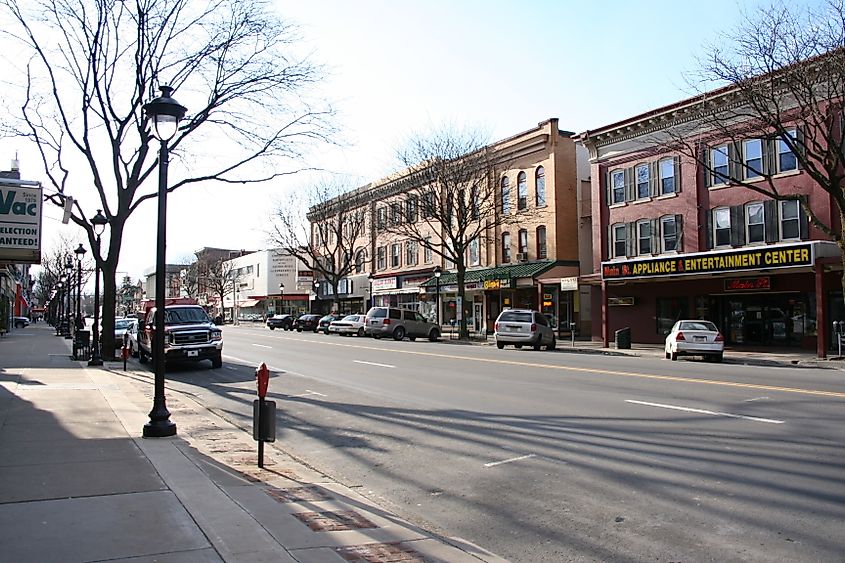
In the heart of the Poconos, the little borough of Stroudsburg exudes an atmosphere of living history and sublime nature. The town, established in the 1730s, served as a home base for Fort Hamilton. This formidable base protected Stroudsburg from warring Native American tribes in the region and in the past. Several interactive museums and galleries shed more light on Stroudsburg's compelling past, as best explored in Stroud Mansion, Quiet Valley Living Historical Farm, and Pocono Arts Council. Besides being one of the oldest towns in the Pennsylvanian mountains, Stroudsburg offers many hiking trails and habitats, such as the Levee Loop Trail, the Kettle Creek Environmental Education Center, and the Delaware Water Gap National Recreation Area. For those wishing to recharge or rest from all your explorations, the Pocono Plaza Inn and The Penn Stroud have all the accommodations you need.
Milford

Founded in 1796, the simplistic borough of Milford houses many antiques and relics from a bygone time. The Grey Towers, standing sentinel over Milford and looking across the border between New Jersey and Pennsylvania, were built in the 1880s by Gifford Pinchot, the first chief of the US Forest Service. The Waterwheel and Lumberyard Complex showcases Milford's industrial heritage. And within the enlightening Columns Museum, one can admire the "Lincoln Flag," a morbid tapestry red with the blood of President Abraham Lincoln during his assassination.
Although Milford has its appeal in history, the borough is also famous for nearby natural attractions around the Delaware River. For example, visitors can marvel at Raymondskill Falls, the tallest waterfall in Pennsylvania, or you can gallivant through the wild and wondrous Delaware Water Gap National Recreation Area. Concerning local festivities, the Milford Music Festival transpires in the month of June, while the Milford Readers & Writers Festival will occur in September. Let your worries melt away while you stay at the Hotel Fauchère, La Posada Milford, or Tom Quick Inn.
Honesdale
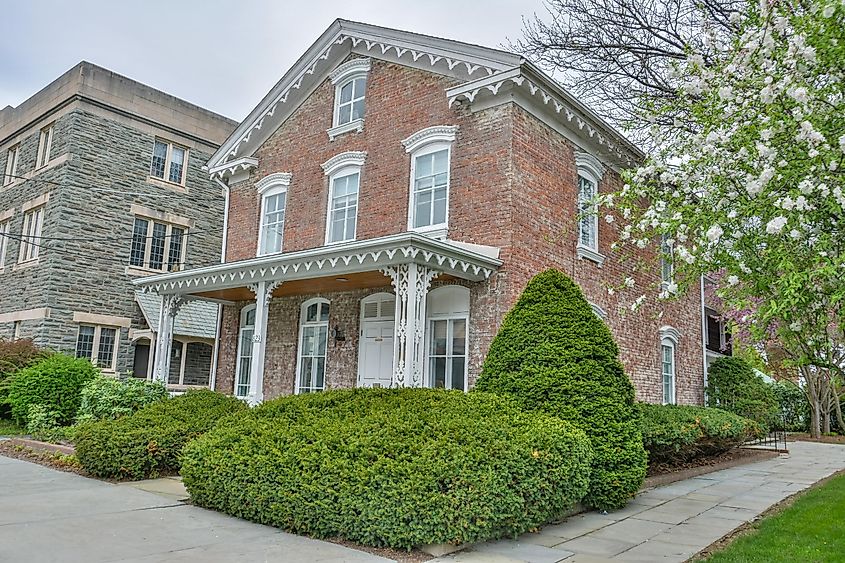
About nine miles from Hawley, the town of Honesdale has made developmental contributions to US transportation. Once called "Dyberry Forks," the town was renamed after Philip Hone in 1829, the first president of the Delaware & Hudson Canal Company and former Mayor of New York City who used the town as a terminus for the D&H Canal. For years, Honesdale contributed coal to the markets of New York City, and around the same period, a locomotive from England called the "Stourbridge Lion" became the first steam locomotive to run on commercial tracks in the US. Tourists can marvel at this engineering feat at the Wayne County Historical Society Museum.
Another museum, the Glass Museum, showcases the glassmaking masterpieces of Christian Dorflinger, while the boyhood home of Dick Smith—composer of the song "Winter Wonderland"—preserves much of his memorabilia. As the "Birthplace of the American Railroad," Honesdale is not short of having fine establishments like Hotel Wayne, Wayne Inn, and Wayne on Main to give you a lot of leeway in your choice of lodgings.
Hawley
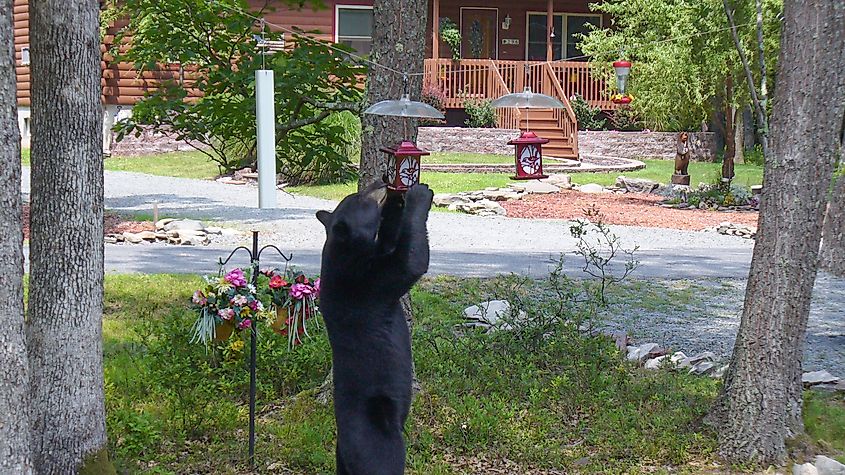
The luxurious and laidback town of Hawley, located approximately 26 miles from Milford and bisected by the Lackawaxen River, welcomes travelers with well-preserved structures from the 19th century. The most historic attraction in Hawley also happens to be a natural feature of the village—Lake Wallenpaupack, Pennsylvania's third-largest artificial lake and one of the seven best lakes in the state, containing many recreational opportunities for you to savor.
On land, the Hawley Silk Mill—part of the National Register of Historic Places—is the largest Bluestone Building in the world, having been built in the 1880s and now functioning as an art gallery and event space for local festivities. The Ritz Company Playhouse also plays host to many cultural and theatrical venues since its founding in 1973. Should you wish to spend a longer time in Hawley, the Settlers Inn has sufficient provisions for you to enjoy your vacation.
Hanover
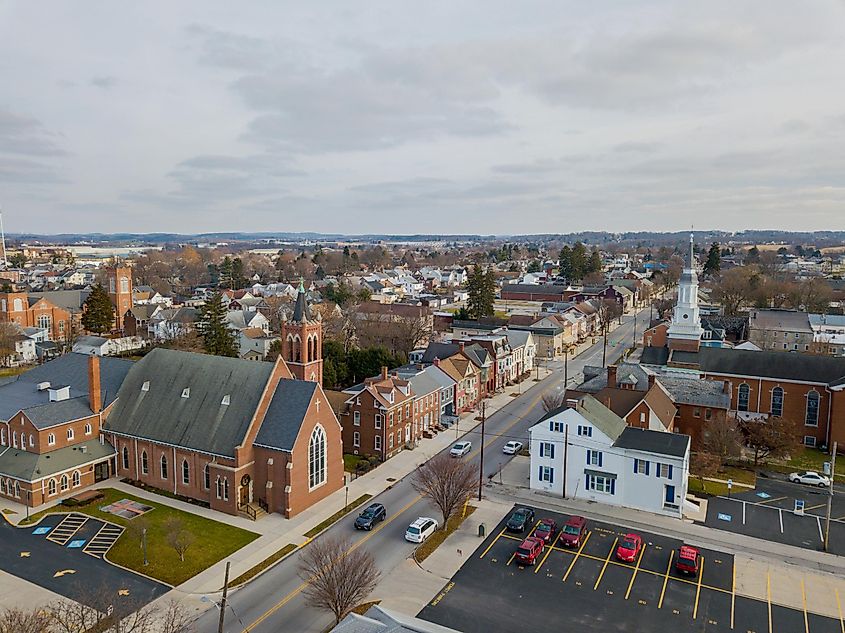
Since 1763, Hanover has been a bucolic nexus in a web of transportation between the towns and cities in Pennsylvania and Maryland. Today, visitors from these communities and beyond congregate in Hanover to admire the Monocacy Road, an ancient route that Native Americans and early settlers used to travel to Philadelphia. The Guthrie Memorial Library chronicles the epic Battle of Hanover, where Confederate and Union soldiers in the American Civil War competed for the town's strategic crossroads.
At the St. Matthew Lutheran Church, travelers can gawk at one of the largest organ pipes in the world, or you can visit the Jesuit-built Conewago Chapel, which has not changed since its construction in 1741. Elsewhere, the Hanover Fire Museum exhibits the contributions and dedication that the town's firefighters offer to the community. Many more historic buildings of various architectural formats—from Colonial Revival and Pennsylvania German vernacular to Queen Anne and American Four-Square—can be praised all over Hanover, such as the Warehime-Myers Mansion and the Codorus Furnace.
White Haven

Situated on the Lehigh River and about 30 minutes away from Wilkes-Barre, the lovely community of White Haven beckons visitors with a plethora of amenities. First, venture into the Lehigh Gorge Scenic Railway, a historic and industrial route that reveals the enduring contributions White Haven has made for transportation in the Poconos. Second, tour the Victorian-era grounds of Harry Packer Mansion and the Holy Protection Monastery to better appreciate the pioneering lifestyle of the Poconos' early settlers. Last but not least, go beyond the historic areas of the town and revel in nature at the Hickory Run State Park, Lehigh Gorge State Park, and nearby State Game Lands.
Wilkes-Barre

In 1770, Wilkes-Barre was once a prosperous coal-mining town in the Poconos, delivering fuel for railroads and trains in Pennsylvania from the quarries and mines around the Susquehanna River. The settlement was built within the Wyoming Valley, a region once owned by the Iroquois Confederacy. Nowadays, Wilkes-Barre is a paradise for outdoors enthusiasts and history buffs. The Luzerne County Historical Society Museum elaborates on Wilkes-Barre's stellar past, while Frederick Stegmaier Mansion offers a cultural window into that past. Go on an adventure through the Bear Creek Camp Conservation Area and the Pinchot State Forest. Watch spectacular Art Deco performances at the F.M. Kirby Center for the Performing Arts, and try not to miss the Fine Arts Fiesta, a week-long festival in May. Most of all, do stay a while at the Mohegan Pennsylvania or The Woodlands Inn & Resort.
The Pocono Mountains are a ferociously beautiful and historically compelling region in Pennsylvania. Some of the oldest settlements in the area, such as Honesdale and Wilkes-Barre, have fueled the US economy and industrial development nationwide with heaps of coal in the Poconos. Other towns in these lush ranges, like Milford and Hanover, promote local history and culture through recreational activities in the many national parks and campgrounds in the area. But whether you are reading about bygone figures and monumental chapters, these must-see historic towns in the Poconos will certainly keep you captivated with the vibrant winds and verdant forests of the Pennsylvanian mountains.
